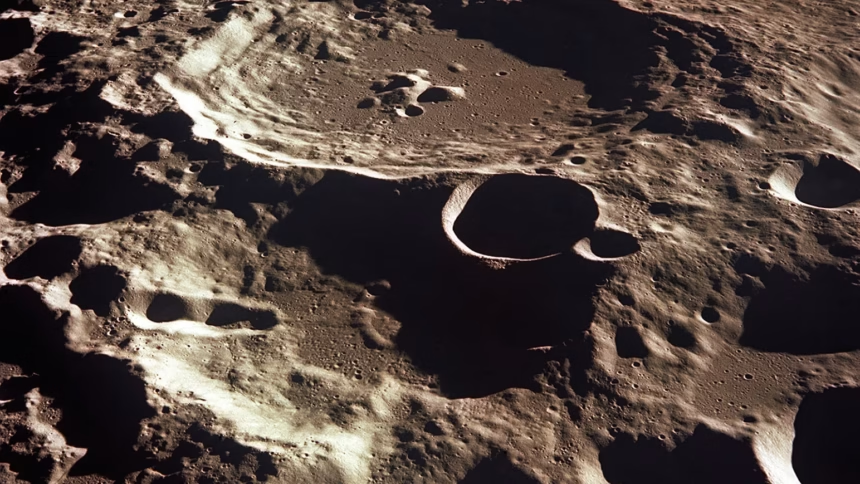Due to the first possibility of colliding with Earth, there are asteroids that are almost the size of buildings that have long been on the radar of many astronomers.
However, there is no need to worry anymore as the orbit has shifted slightly since it was first detected. The bad news is that it will hit the moon, but now we are hopeful that we will completely miss the Earth.
The so-called 2024 YR4 asteroid discovered late last year was expected to collide with planet Earth on December 22, 2032. According to For the CNN report, the likelihood of its impact changed with every new observation, peaking at 3.1% in February. As reported in the EuroWeekly News at the time, astronomers believed there was a slight chance that asteroids could hit Earth and destroy the city.
When it was scientifically calculated to hit our planet, the cosmic rocks took on the ranking of the most dangerous asteroids ever observed. With that threat imminent, astronomers have used the ground and space-based telescopes to narrow it down.
Observations of ground and space-based telescopes were important to help astronomers narrow the size and orbit of the 2024 YR4. Their conclusions were able to rule out the possibility that researchers would bump into the Earth, based on dozens of observations that provide more accurate measurements.
YR4 remains a threat to the Earth
According to NASA, the latest observation of the asteroid in June before the giant rock disappeared from view improved astronomers’ knowledge of the location over the past seven years.
The data reveals that even if Earth avoids direct effects, YR4 collides with the moon could still pose a threat in the second half of 2032.
Its impact will be a once-in-a-lifetime event for humanity to witness, but it can also send fragments of grain moons flying towards our planet.
While Earth does not face any serious physical danger, it could potentially put the astronauts or infrastructure on the moon at the time, and could also allow satellites orbiting our planets to smoothly run important aspects such as voyage and communications.
“They’re also known for their efforts to help them,” said Dr. Paul Wiegart, professor of astronomy and physics at Western Ontario University. “We are worth protecting that we are just a little far from the planet right now, so our vision is to expand a little to envelop it.”
He was called “City Killer”
The scary space, even the strongest astronomical tools, appears as spots of light, but in reality it is about 60 meters (about 200 feet) in diameter.
“Size is equal to energy,” said Julien de Witt, an associate professor of planetary science at the Massachusetts Institute of Technology, who observed YR4 on the Webb. “Knowing the size of the YR4 helped me understand how big the explosion can be.”
The good news is that YR4, colloquially known as the “urban killer” after its discovery, can cause devastation of the region if it collides with the Earth, so it is not going our way.
According to Wiegert, a YR4 collision with the moon could create a bright flash that can be seen with the naked eye for a few seconds.













